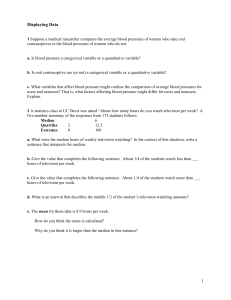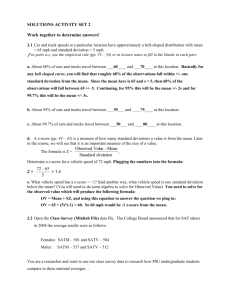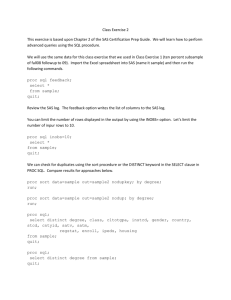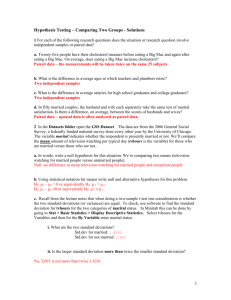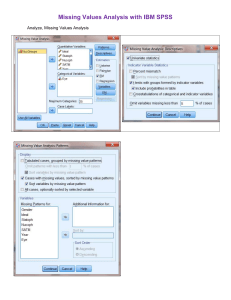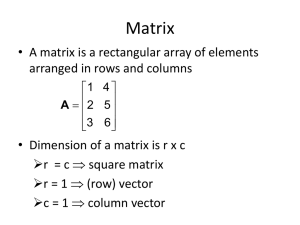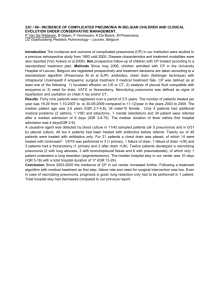Lab Activity 2
advertisement
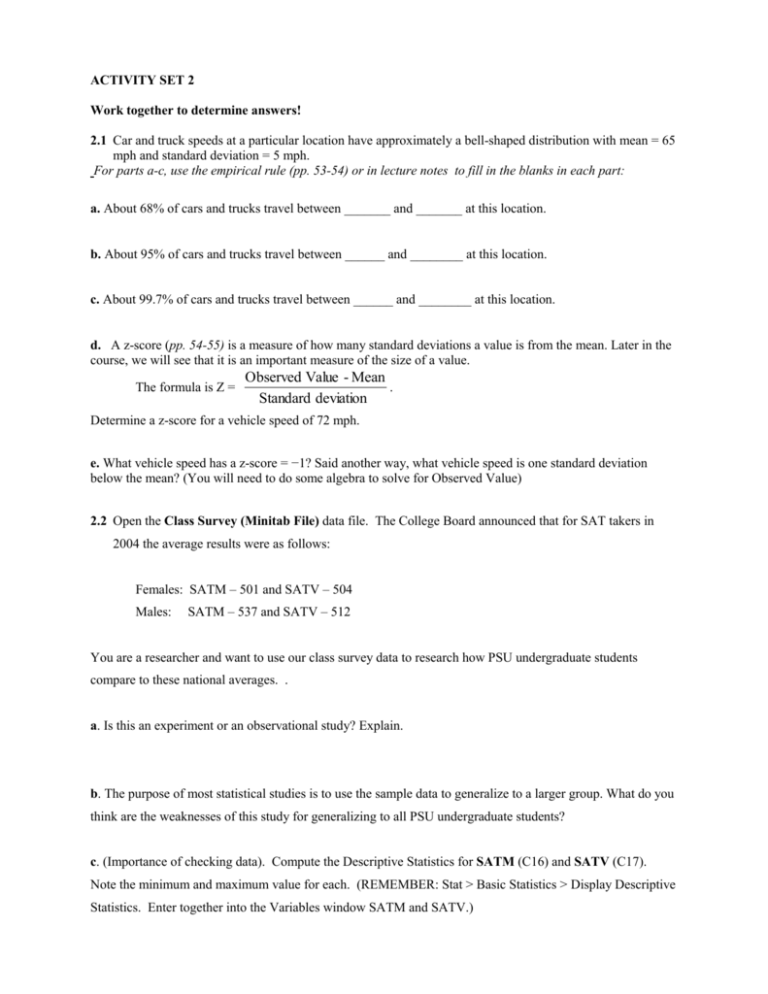
ACTIVITY SET 2 Work together to determine answers! 2.1 Car and truck speeds at a particular location have approximately a bell-shaped distribution with mean = 65 mph and standard deviation = 5 mph. For parts a-c, use the empirical rule (pp. 53-54) or in lecture notes to fill in the blanks in each part: a. About 68% of cars and trucks travel between _______ and _______ at this location. b. About 95% of cars and trucks travel between ______ and ________ at this location. c. About 99.7% of cars and trucks travel between ______ and ________ at this location. d. A z-score (pp. 54-55) is a measure of how many standard deviations a value is from the mean. Later in the course, we will see that it is an important measure of the size of a value. The formula is Z = Observed Value - Mean . Standard deviation Determine a z-score for a vehicle speed of 72 mph. e. What vehicle speed has a z-score = −1? Said another way, what vehicle speed is one standard deviation below the mean? (You will need to do some algebra to solve for Observed Value) 2.2 Open the Class Survey (Minitab File) data file. The College Board announced that for SAT takers in 2004 the average results were as follows: Females: SATM – 501 and SATV – 504 Males: SATM – 537 and SATV – 512 You are a researcher and want to use our class survey data to research how PSU undergraduate students compare to these national averages. . a. Is this an experiment or an observational study? Explain. b. The purpose of most statistical studies is to use the sample data to generalize to a larger group. What do you think are the weaknesses of this study for generalizing to all PSU undergraduate students? c. (Importance of checking data). Compute the Descriptive Statistics for SATM (C16) and SATV (C17). Note the minimum and maximum value for each. (REMEMBER: Stat > Basic Statistics > Display Descriptive Statistics. Enter together into the Variables window SATM and SATV.) i. From the output, what does the * represent? ii. How many students completed the question regarding their SATM and SATV scores? SATM______ SATV______ d. Now find the Descriptive Statistics for SATM and SATV by Gender (Repeat what you did for part c but now enter Gender in the By Variable window) and use the output to answer the following: Female SATM: Q1 ________ Male SATM: Q1 ________ Female SATV: Q1 ________ Male SATV: Q1 ________ Q3 ________ Q3 ________ Q3 ________ Q3 ________ IQR _________ IQR _________ IQR _________ IQR _________ f. Using the 5-number summary, a data point is considered an outlier on a boxplot if it is either larger than Q3+ (1.5IQR), or smaller than Q1 (1.5IQR). For Females SATM: Calculate the value of Q3+ (1.5IQR) = SATM: Calculate the value of Q1 (1.5IQR) = SATV: Calculate the value of Q3+ (1.5IQR) = SATV: Calculate the value of Q1 (1.5IQR) = For Males SATM: Calculate the value of Q3+ (1.5IQR) = SATM: Calculate the value of Q1 (1.5IQR) = SATV: Calculate the value of Q3+ (1.5IQR) = SATV: Calculate the value of Q1 (1.5IQR = g. Use the Descriptive Statistics you calculated by Gender and to answer the following: How do the SAT scores of PSU students compare to the national average? Do you believe that any differences are significant? That is, do you think these differences are large enough that statistically they are the different? (Recall that the national averages were: Females: SATM – 501 and SATV – 504; and for Males SATM – 537 and SATV – 512 ) How do the SAT scores from our survey compare across gender? Do you believe that any differences are significant? That is, do you think these differences are large enough that statistically they are the different?
